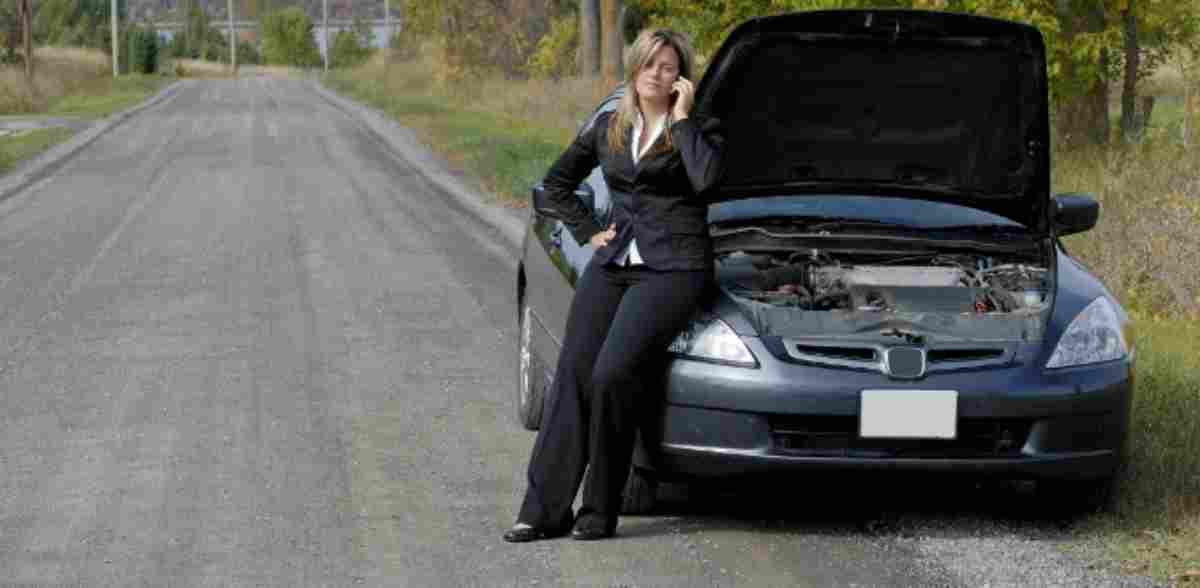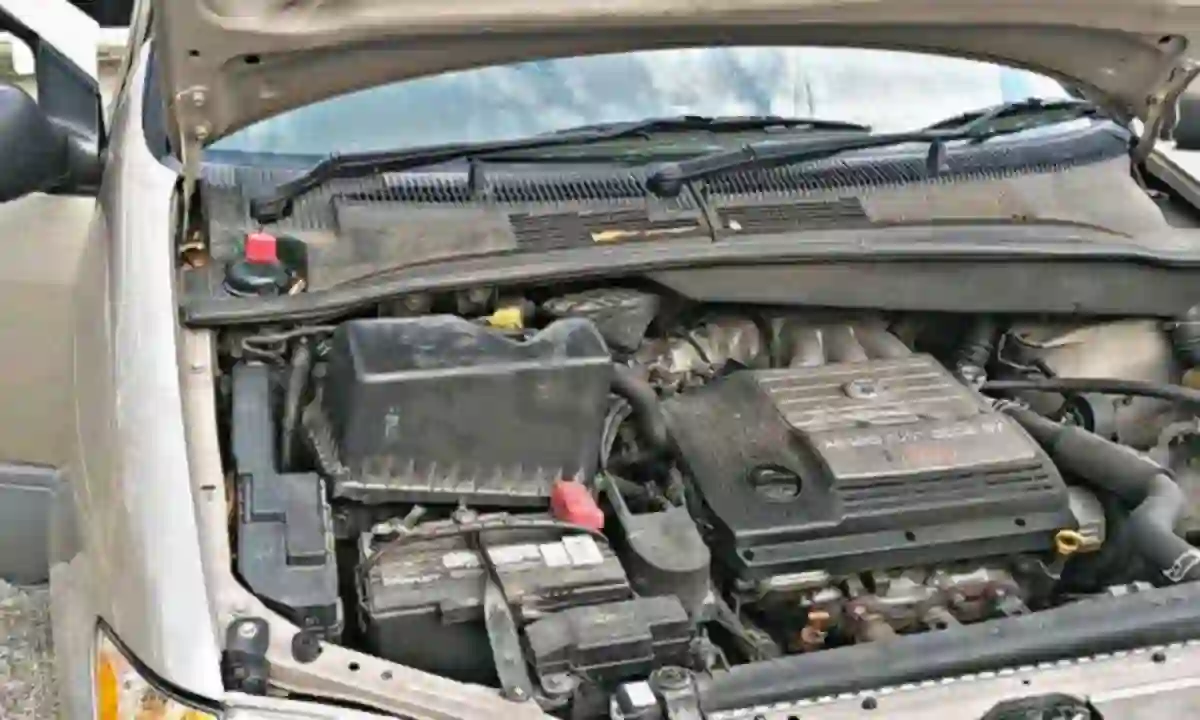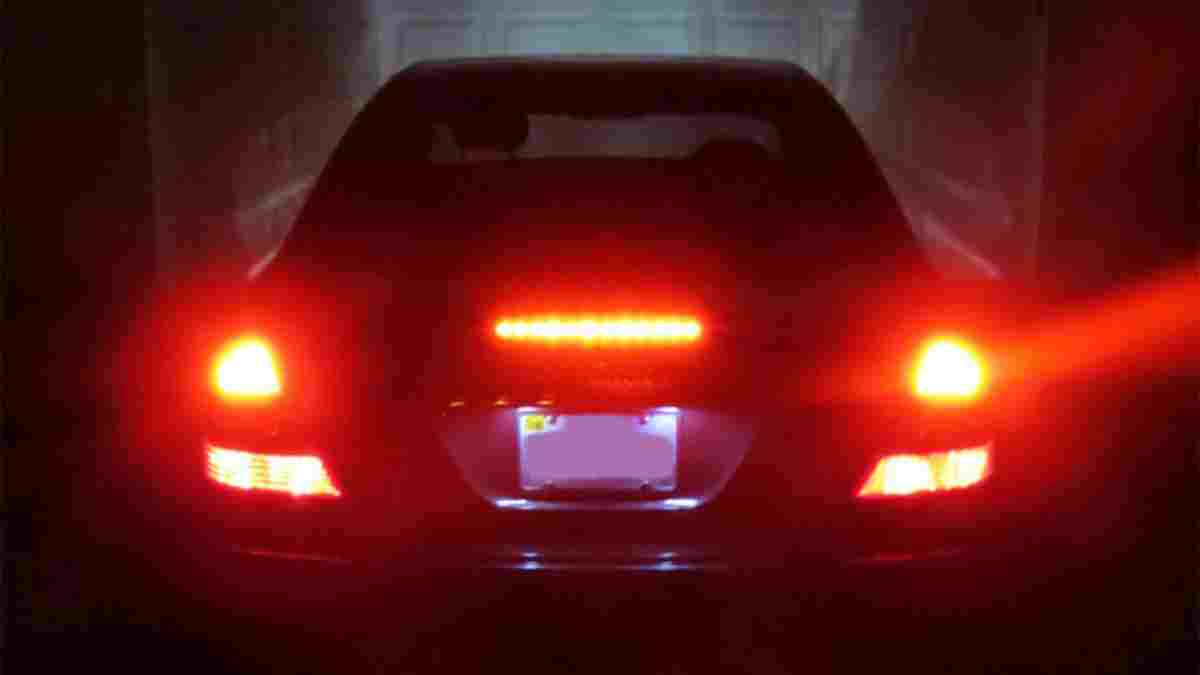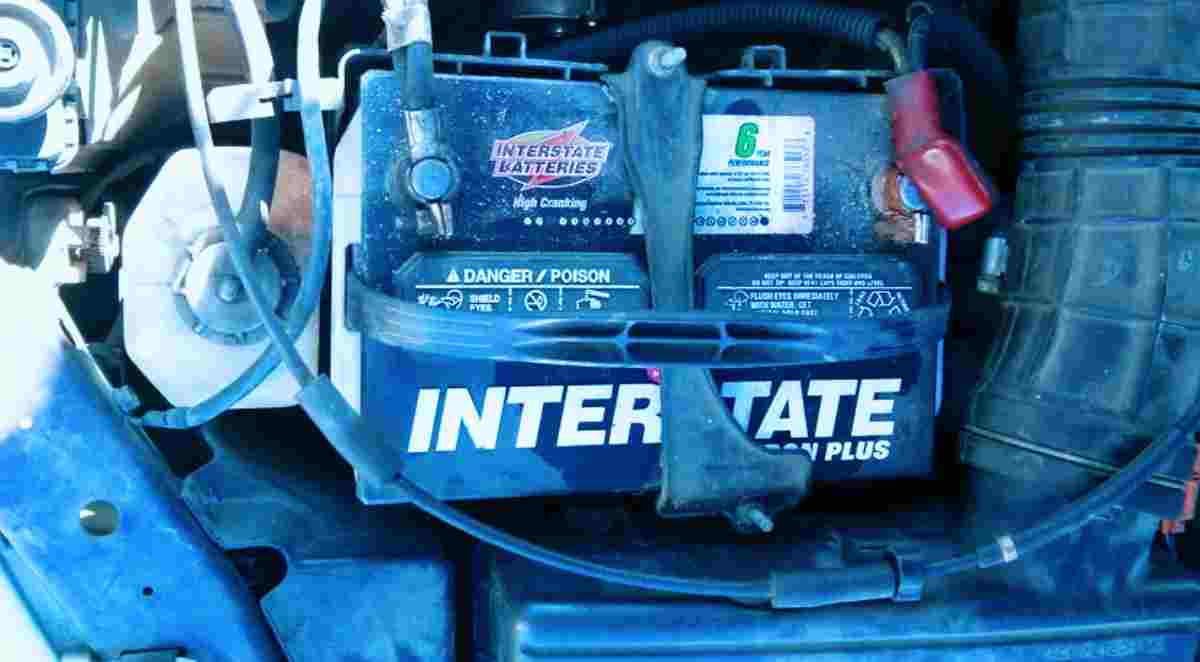This publication explains why your car turns off while driving but turns back on. This happens for a few reasons, which are highlighted in this article, as well as how to fix the problem.
Your car will typically stall and turn off. Everything will stop working but then it starts back up. In some cases, the heat/radio also constantly shuts off now and then, and the warning light and abs light will stay on.
Read also: starting car with a bad alternator

Reasons car turns off while driving but turns back on
There is no mystery here, except something fixable is wrong, and this publication has your answers. Below are the reasons your car turns off while driving but turns back on:
Failing engine control unit
A failing ECU (engine control unit) is one of the major reasons your car turns off while driving but turns back on.
The ECU in a car is a computer responsible for collecting information from several components of an internal combustion engine. It also ensures a functional system to maximize efficiency.
Symptoms
When the ECU is the cause of the problem, you will experience sudden power drops, spark loss, and poor fuel efficiency, making the car turn off and start again while driving. A jerking vehicle while driving is another sign that the ECU is faulty. You might get the annoying check engine light might on your dashboard.
Read also: Toyota cars with improved fuel efficiency
How to fix
You would have to test and inspect the ECU but this is not a simple task. If your car has the check engine light, it does not mean the ECU is faulty.
You can troubleshoot the problem yourself using an OBD scanner o know the diagnostic trouble code. Unfortunately, the code does not give clear-cut detail about a faulty ECU. Consider seeing the mechanic for this diagnosis and fix it.
Damaged car alternator
The alternator is responsible for constantly producing electricity from the mechanical energy of the car. Various vehicle electrical parts, including a dome light, stereo, and dash light, operate with the help of the alternator. The alternator also charges the car battery while driving. This could also cause light problems.
If the alternator is faulty, the vehicle no longer gets the needed electrical power to function properly, causing it to shut off and on while driving.
Your car will still run for a while even with a dead alternator using any available juice in it. This will only take as long as it can, which causes the car to shut off, and may not even start again in many cases.
Symptoms
When the alternator in a car is faulty, the car will get an intermittent amount of power. Your car battery will also die faster, meaning that it is not charging while you drive.
How to fix
You can test the battery with a multimeter or a voltmeter together with the alternator. When testing the alternator, allow the engine to run and disable all electrical components, including lights, stereo, AC, etc.
On a battery test using a multimeter, you should get between 13.1V and 14.6V at regular idle speed in the alternator. Next, try using the alternator under heavy loads to see if it runs.
Your assistant should keep the car engine running at up to 2000 RPM. Enable all electrical accessories such as headlights, dome lights, interior lights, stereo, etc., and connect the voltmeter again.
If the voltmeter reads 13.0 volts or more, the alternator is not faulty. Below 13.0 signals is a sign of a failing alternator. If this is the case, get a replacement.
A damaged crankshaft position sensor
A faulty crankshaft position sensor will cause your car to shut off while driving but turns back on. The crankshaft position sensor monitors moving parts in the engine, such as pistons, crankshaft, and engine valves. It also monitors the velocity of the crankshaft and its location to ensure optimal timing for fuel injection and ignition.
When the crankshaft position sensor fails, there is no longer correct information about piston positioning from the engine to the Engine Control Unit. This problem typically causes a misfiring cylinder and also part of the reasons your car turns off while driving but turns back on.
Signs that crankshaft position sensor is faulty
A failing faulty crankshaft position sensor reduces fuel efficiency economy. The car engine will not run smoothly and will misfire before stalling, shutting off while driving, and starting again.
A damaged crankshaft position sensor will turn on the check engine light, and the tachometer will malfunction.
A tachometer is a gauge usually positioned next to the speedometer, and it reads the car’s RPMs. It can increase when the car engine is revving but remains in one position when you achieve the needed speed.
The crankshaft position sensor feeds the ECU with information about the engine speed, which is sent to the tachometer. However, a failing crankshaft position sensor will send incorrect data to the ECU to be relayed to the tachometer, which begins to work erratically or sporadically.
How to fix
Inspect the crankshaft position sensor using an OBD scanner and read the error codes from your ECU. Diagnostic trouble codes between P0335 and P0338 could be a sign that the crankshaft position sensor is faulty.
Empty fuel tank and failing fuel gauge
Your car can shut off while driving and start again as a result of an empty fuel tank. It is possible that you forgot to check the fuel level and have the car refilled at the pump station.
The fuel gauge could also be faulty, so it stops showing the correct fuel level in the tank. This could be a result of a sending unit failure, causing the fuel gauge to stick in one position irrespective of the level of fuel, usually at the “F” or “E” mark.
How to fix
If you believe the fuel gauge or fuel level sensor is faulty after recently refiling the tank, fill 1 gallon (about 4 liters) of gasoline to see if the car shuts off while driving and turns back on.
Failing fuel pump or clogged fuel filter
A bad fuel pump is a common reason your car will turn off while driving but then turns on again. The fuel pump supplies the engine with the needed amount of fuel at a precise time as input for combustion for power generation.
When the fuel pump is faulty, the engine no longer receives the correct fuel amount when needed. Thus, the motor shuts off, so it feels like you just ran out of gasoline because the car will start again.
Solution
Your fuel pump could be installed in the fuel tank. To know if the fuel pump is the culprit, kick the fuel tank with your foot. If the car starts almost immediately, your fuel pump is faulty. Do not kick it violently with a metal tool to avoid damaging it.
Have the fuel pump replaced immediately to avoid major component damages.
Secondly, the fuel filter could be clogged, and a clogged fuel pump will cause the car to start and drive for a while and then turn off and start again.
The fuel filter can clog due to old gasoline contaminations. This stops the fuel pump from pumping sufficient fuel through it and causes the engine to produce less power. The result is typically the car shutting off for a while and starting again.
Solution
The simple fix for this problem is to clean the fuel filter for fuel to go into the engine. If your car uses a nylon or paper fuel filter, get a replacement. If it is made of metal, clean and reuse it.
Failing ignition switch
A damaged ignition switch installed behind the ignition lock can cause a vehicle to turn off and turn on again while driving. There are many tiny metal plates inside the ignition switch that can rust and corrode over time. One of the plates can lose connection as a result of corrosion, switching off the entire ignition.
The ignition relay can also be faulty, causing the mechanism responsible for controlling the amount of electricity passing through them to malfunction.
How to fix
Check if the lights on your dashboard are still on when the car shuts off. If you notice a dead dashboard instrument, the ignition switch is faulty.
Put the car in the ignition again and try starting from there. If it will not start the engine, it is a sign of an ignition failure.
Failing spark plugs
Your car is able to generate power with the help of spark plugs. Spark plugs ignite the air and fuel mixture in the engine combustion chamber, which generates combustion. And each of the cylinders has its spark plug.
One failing spark plug may still be able to start the car. However, multiple faulty spark plugs will not be powerful enough to start the car. If the car manages to start, it will shut off while driving after a short while and then start again.
Signs that spark plugs are faulty
Typically, you will experience reduced engine performance, knocking engine, engine misfires, and low or no acceleration when spark plugs are malfunction.
How to fix
You can fix this problem by finding and inspecting the spark plugs. A spark plug could be faulty if it is blistered from running too hot. A spark plug covered with substances such as carbon, fuel, or oil is a sign that a replacement is required.
Read also: Reattaching a side view mirror correctly
Faulty MAF Sensor
The MAF sensor controls how much air is allowed into the engine. If the MAF sensor fails, it will cause the car to stall while you are driving or run erratically. This is another reason your car turns off while driving but turns back on.
If your Mass airflow sensor is faulty, here are some of the symptoms you will experience.
- Misfire in the cylinders
- Car surge or change erratic speed changes
- Higher than normal fuel consumption
- Idle speed increase.
How to Fix a Faulty MAF Sensor
Locate the mass airflow sensor and get it replaced. Depending on the car model, it is usually found around the engine section.
Dead Car Battery
If you experience your car shutting down continuously while driving, then make sure to check your car’s battery health. If the car battery is in good condition, then it might be lots of parasitic loads.
For example, if your car battery dies often or has issues starting after sitting idle for a long period of time, it might be the fault of a parasitic drain.
How to Fix
The common source of the parasitic drain is usually the radio memory setting. Disconnect all power to these items when you leave exit your car.
What to do when your car shuts off while driving

Your car turns off while driving but turns back on is likely to leave you stranded on the road. Do the following for your safety to get the issue fixed:
-
Pull over
If your car turns off while driving but turns back on continuously, then It may be a bad idea to keep driving, depending on where you are currently. Consider pulling over off the road for safety.
The car may even lose its brake ability, so you do not want to attempt speeding when it keeps turning off and then starts again.
Find a safe spot on the side of the road and guide the car there. Engage the emergency brake, which may cause an abrupt stop.
-
Try starting the car again
The car may restart, so try driving to the nearest auto repair shop. You might have to restart the vehicle often since it will keep turning back off.
If you can luckily determine the cause of the problem following the suggestions from this article, you may be able to make a temporary fix that will allow you to drive for a longer time.
-
Use the emergency flashers
You want to alert other drivers if the car will not restart so quickly. The emergency flashers notify other road users that you will not be rejoining the traffic to keep you safe.
-
Contact a roadside assistance service
Seek assistance from an emergency number or a roadside assistance service such as AAA. The police can also be helpful to contact roadside assistance if your phone is dead.
Read also: why your car will shut off when you slow down or try to stop
Conclusion on why your car turns off while driving but turns back on
If your car turns off while driving but turns back on, then this is knowns as a break and quench scenario, and a sign of a dangerous problem in your engine. Ignoring this issue might save you money in the long term, but will definitely end up with a long expensive repairs.
Hopefully, some of the signs we have listed here will help you get started on your diagnosis.


